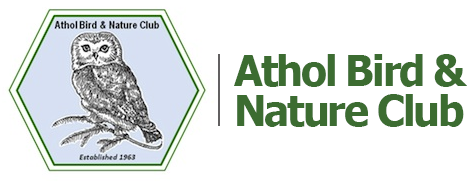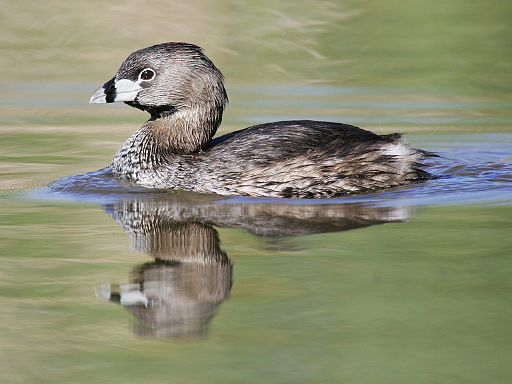Pied-billed Grebe
Podilymbus podiceps
Written by Kathy Richards and edited by Chris Coyle
The scientific name means rump foot because the legs are positioned near the read end which makes the bird look perpendicular like penguins. The feathers are almost fur-like.
HABITAT:
Grebes need fresh water wetlands, marshes, and ponds that are larger than 12.5 acres and have large amounts of emergent plants. They will also live in beaver ponds. They are common from British Columbia to Nova Scotia and south to Florida and Mexico. In Massachusetts, Grebes nest along the coast and in the Berkshires.
BEHAVIOR:
Grebes are diving birds. They return in the spring the earliest of any water birds. They are very good swimmers, aided by the position of the feet. They are not very good at walking so will move themselves along on their bellies.
The young will ride on their parents’ back tucked under their wing so only the head can be seen. They migrate at night landing on water before dawn.
NESTING:
They will nest on platforms in shallow water or floating plant stems. The nest is made of mud, dead grasses and reeds. The eggs are laid late April to June. They lay 4-10 eggs. When the parent leaves to get food, it will cover the eggs with decaying water-logged plants.
FOOD:
Aquatic insects, small fish, snails, crayfish, shrimp, amphibians, tadpoles, leeches and a small amount of water plants.
PREDATORS:
Minks, fish, frogs, snakes, muskrats, and birds of prey.

